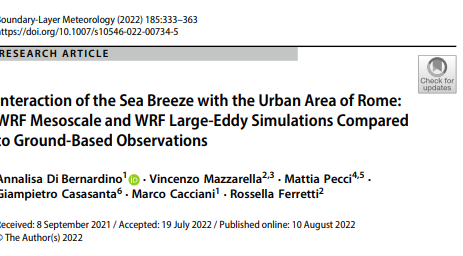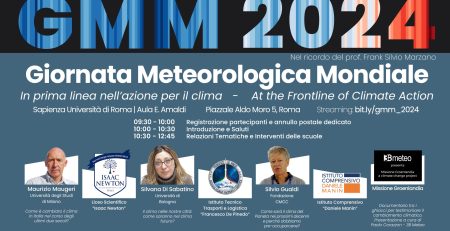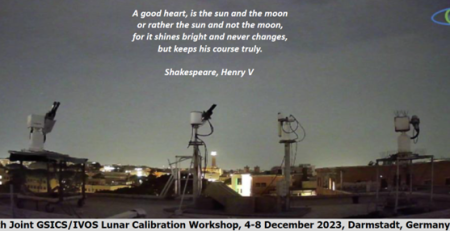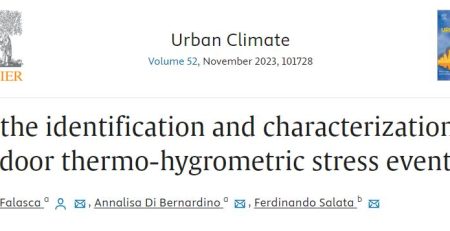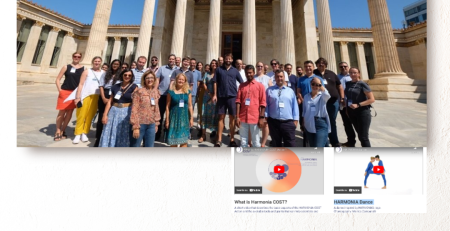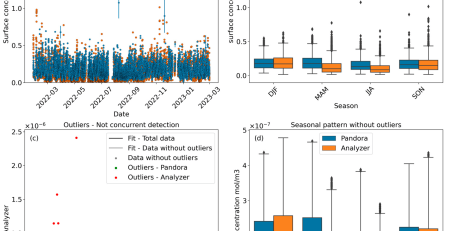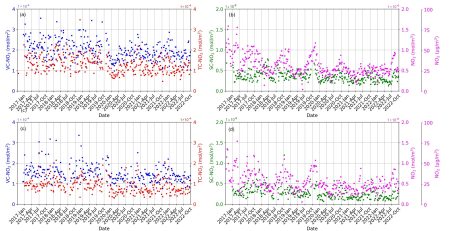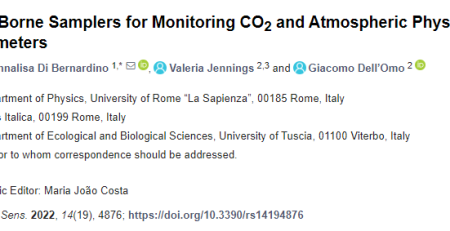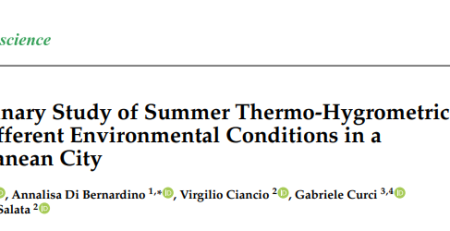Article published on Boundary-Layer Meteorology: Interaction of the Sea Breeze with the Urban Area of Rome: WRF Mesoscale and WRF Large-Eddy Simulations Compared to Ground-Based Observations
The Weather Research and Forecast (WRF) model is used to simulate atmospheric circulation during the summer season in a coastal region of central Italy, including the city of Rome. The time series of surface air temperature, wind speed, and direction are compared with in situ observations in urban Rome and its rural surroundings. Moreover, the vertical wind profiles are compared to sodar urban measurements. To improve the WRF model’s ability to reproduce the local circulation, and the onset and propagation of the sea breeze, several simulations are carried out modifying the land use and the thermal and physical properties of the surfaces. Based on the results of the correlation coefficient and the RMSE, the heat capacity and albedo are the parameters mostly influencing the daily temperature cycle. Particularly, the temperature in the urban area is reproduced more realistically when the heat capacity is increased. Hence, the best simulations are used to initialize a large-eddy simulation at high spatial resolution to analyze the interaction between the sea breeze and the urban heat island and to investigate the interaction of the sea breeze front with orography and surface roughness. As confirmed by observations collected by in situ weather stations in the surroundings of Rome, the front, entering the city, splits into three branches: (i) a west component in the western flank of the city, closer to the sea; (ii) a north-west component in the northern, inland side, and (iii) a south-west component in the south area of the city.
DOI: https://link.springer.com/article/10.1007/s10546-022-00734-5









